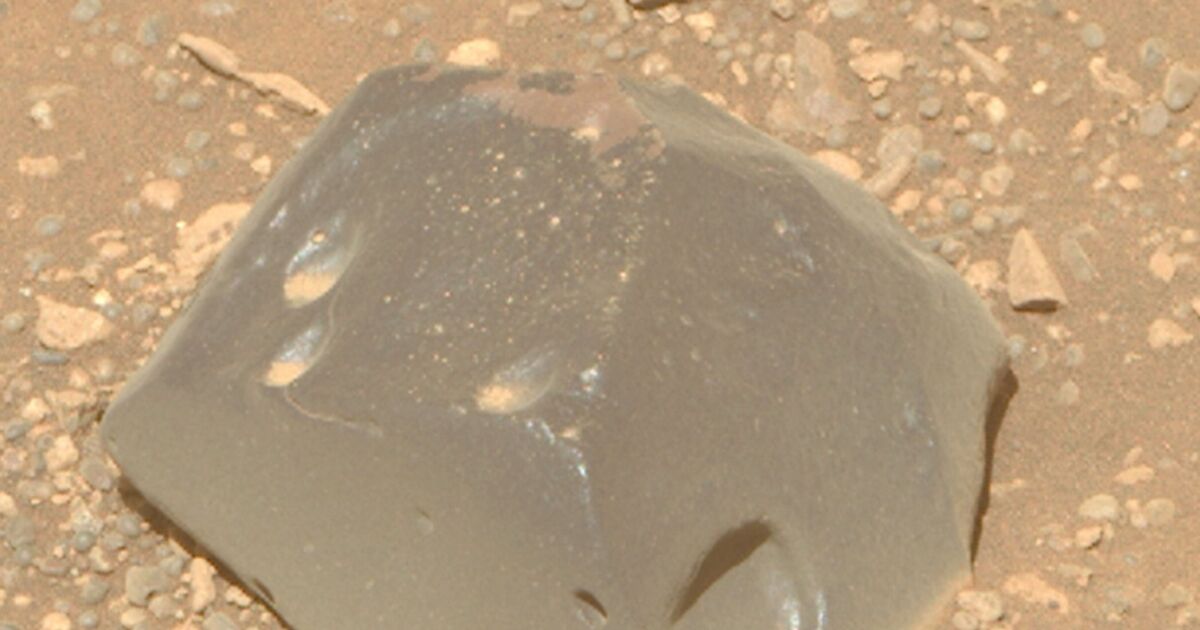NASA scientists have been left baffled after the Perseverance rover captured a bizarre image on Mars that looks eerily like a skull perched on a hilltop. Dubbed “Skull Hill” by the team, the dark, angular rock formation has reignited interest in the Red Planet’s most puzzling surface features and sparked a wave of speculation online.
The photo, released in a NASA blog post last week, was snapped by the rover’s Mastcam-Z camera as it rolled down a rocky slope known as Witch Hazel Hill, located on the rim of the Jezero Crater. While the image clearly shows a solitary dark rock sitting amid the planet’s dusty red terrain, its weathered, craggy surface and hollowed-out features have drawn comparisons to a skull, though NASA has stressed it’s not an alien artefact.
Margaret Deahn, a PhD student working with NASA, explained: “We’ve found a few of these dark-toned floats in the Port Anson region, and the team is working to better understand where these rocks came from and how they got here.”
Initial speculation suggested that the object might be a meteorite, due to its dark colouration, similar to other space rocks previously discovered on Mars. However, early compositional analysis of nearby rocks has thrown that theory into doubt.
Instead, scientists now suspect the rock may be igneous, meaning it formed through volcanic activity.
“These rocks can include dark-colored minerals such as olivine, pyroxene, amphibole, and biotite,” NASA noted. Given Mars’ history of volcanic activity, it’s possible the rock was once part of a lava flow or formed deep within the crust before being relocated by an impact or erosion.
Although its official designation is geological, the rock’s peculiar appearance has inspired plenty of creative interpretations online, with conspiracy theorists, amateur astronomers, and sci-fi fans all chiming in.
Social media users have likened it to everything from a petrified skull to alien relics.
NASA, for its part, is sticking to the science. For now, the object’s true nature remains a mystery, its composition, origin, and journey to its current location are still being investigated.
As Deahn put it, for now, the strange formation is simply filed under “origin uncertain.”

